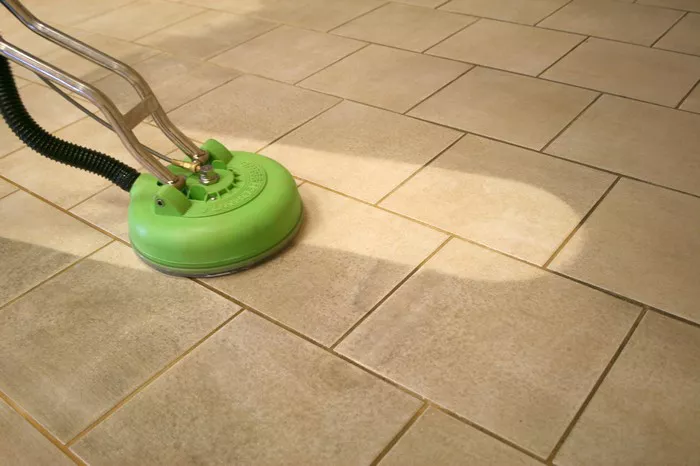In the realm of cleaning and maintenance, sweepers play a crucial role in maintaining cleanliness and order in various environments. Their duties encompass a range of tasks aimed at keeping spaces free of debris, dust, and other unwanted materials. This article delves into the intricacies of what a sweeper does, highlighting their responsibilities, skills required, and the importance of their role in different settings.
Introduction to Sweeping: The Basics
At its core, sweeping involves using tools such as brooms, mops, and sweepers to clean floors, sidewalks, and other surfaces. This fundamental cleaning activity is essential in both residential and commercial settings to ensure hygiene and safety. Sweepers are tasked with removing dirt, dust, and litter, thereby enhancing the overall cleanliness and appearance of spaces.
Key Responsibilities of a Sweeper
The responsibilities of a sweeper extend beyond simple sweeping. They are expected to:
Surface Preparation: Before sweeping, sweepers often prepare surfaces by removing obstacles and ensuring the area is accessible for cleaning.
Sweeping Techniques: Employing effective sweeping techniques to efficiently collect debris without spreading dust or dirt further.
Use of Tools: Mastery in handling various tools such as brooms, dustpans, and mechanical sweepers to achieve optimal cleaning results.
Area Inspection: Conducting thorough inspections to identify areas needing attention and ensuring all debris is properly removed.
Disposal of Waste: Proper disposal of collected waste according to established protocols and environmental guidelines.
See Also: Floor Cleaners vs Polishers: What’s the Difference?
Skills Required for Effective Sweeping
To excel in their role, sweepers must possess a diverse set of skills:
Physical Endurance: The job demands physical stamina as sweepers are often required to stand for long periods and perform repetitive movements.
Attention to Detail: Being meticulous in identifying and cleaning even the smallest debris or dirt particles.
Time Management: Efficiently managing time to complete assigned tasks within designated timeframes.
Adaptability: Ability to work in diverse environments and adjust to varying cleaning requirements.
Communication Skills: Effective communication with supervisors and colleagues to report issues or request assistance when necessary.
Types of Sweepers
Sweepers operate in various settings, each requiring specific skills and knowledge:
Residential Sweepers: Clean homes and apartment complexes, focusing on indoor spaces like living areas, kitchens, and bathrooms.
Commercial Sweepers: Work in offices, retail stores, and public buildings, ensuring clean and presentable environments for employees, customers, and visitors.
Industrial Sweepers: Handle larger areas such as warehouses, factories, and manufacturing facilities, where heavy machinery and specialized equipment might be encountered.
Outdoor Sweepers: Maintain sidewalks, parking lots, and other exterior spaces, utilizing different tools and techniques suitable for outdoor environments.
Importance of Sweeping in Different Environments
Sweeping serves several critical purposes depending on the environment:
Health and Safety: Removing debris and dust reduces allergens and improves indoor air quality, promoting a healthier environment.
Aesthetic Appeal: Clean spaces create a positive impression on visitors and residents, enhancing overall satisfaction.
Maintenance of Assets: Regular sweeping prevents dirt buildup that can damage floors and surfaces, prolonging their lifespan.
Regulatory Compliance: Many industries are subject to cleanliness regulations, and effective sweeping helps organizations meet these standards.
Challenges Faced by Sweepers
Despite the seemingly straightforward nature of their work, sweepers encounter various challenges:
Heavy Equipment Handling: Industrial sweepers may need to operate heavy machinery safely and effectively.
Weather Conditions: Outdoor sweepers contend with weather fluctuations that can affect cleaning effectiveness.
Safety Concerns: Handling potentially hazardous materials or encountering unsafe conditions during sweeping activities.
Time Constraints: Balancing thorough cleaning with time constraints, especially in high-traffic areas or busy environments.
Training and Development for Sweepers
Training plays a crucial role in preparing sweepers for their responsibilities:
On-the-Job Training: Learning practical skills under the guidance of experienced professionals.
Safety Protocols: Understanding and adhering to safety guidelines to minimize risks during cleaning operations.
Equipment Familiarization: Becoming proficient in using various cleaning tools and machinery effectively.
Continuous Learning: Staying updated on new techniques and equipment advancements to enhance efficiency and effectiveness.
Future Trends in Sweeping Technology
Advancements in technology are shaping the sweeping industry:
Mechanical Sweepers: Automated sweepers equipped with sensors and advanced cleaning mechanisms for efficient and precise cleaning.
Robotics: Development of robotic sweepers capable of autonomously navigating and cleaning indoor and outdoor spaces.
Green Cleaning Solutions: Adoption of eco-friendly cleaning products and practices to reduce environmental impact.
Data-Driven Cleaning: Use of data analytics to optimize cleaning schedules and resource allocation based on usage patterns and cleanliness metrics.
Conclusion
In conclusion, sweepers play a vital role in maintaining cleanliness and hygiene across diverse environments. Their responsibilities encompass more than just sweeping—they contribute to the health, safety, and aesthetic appeal of spaces. By mastering essential skills, adapting to different settings, and embracing technological advancements, sweepers uphold cleanliness standards and ensure environments are pleasant and safe for everyone.


